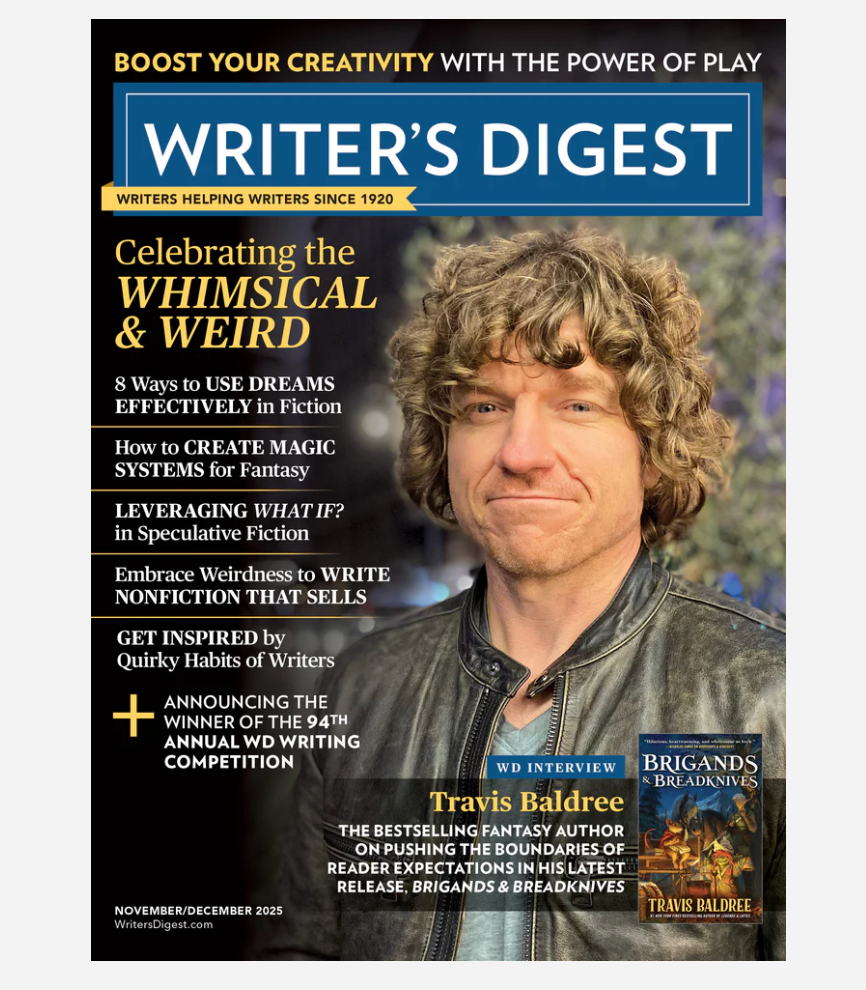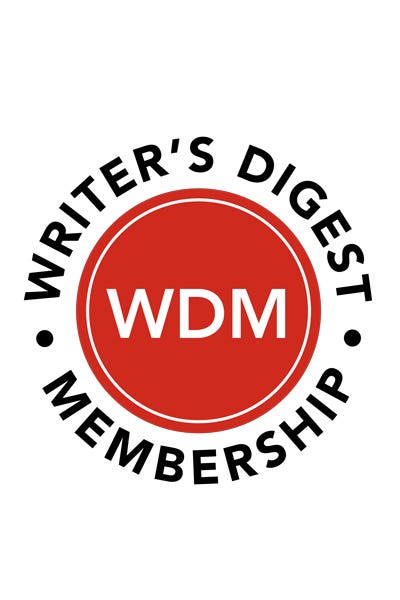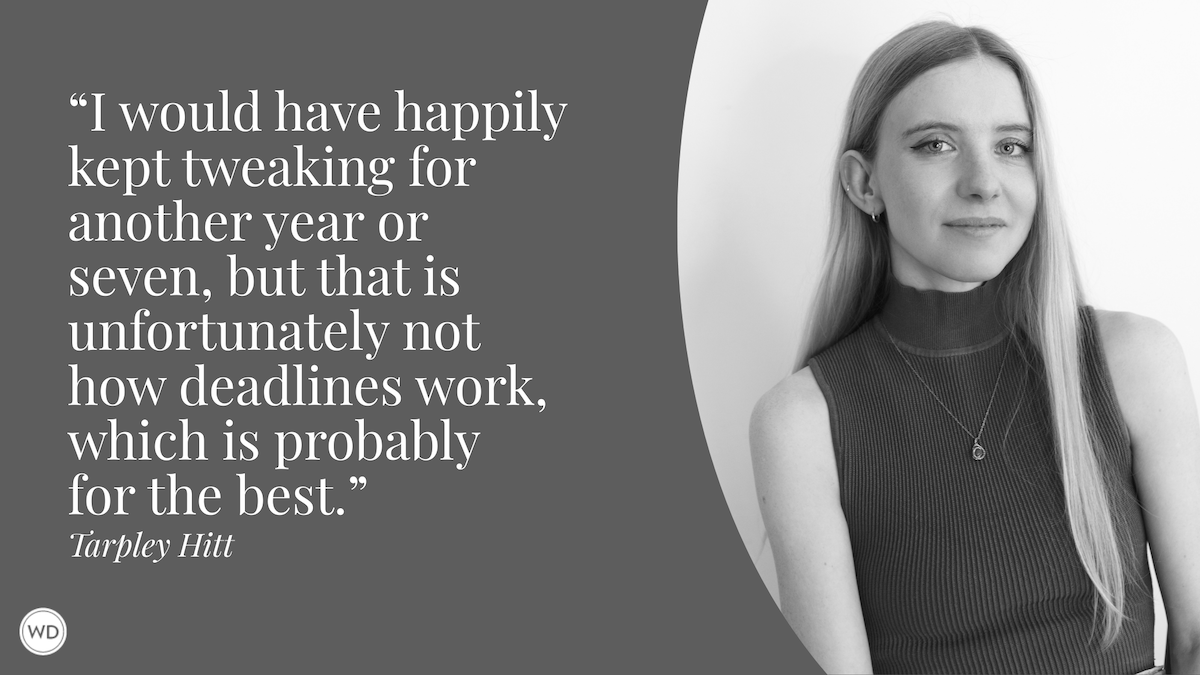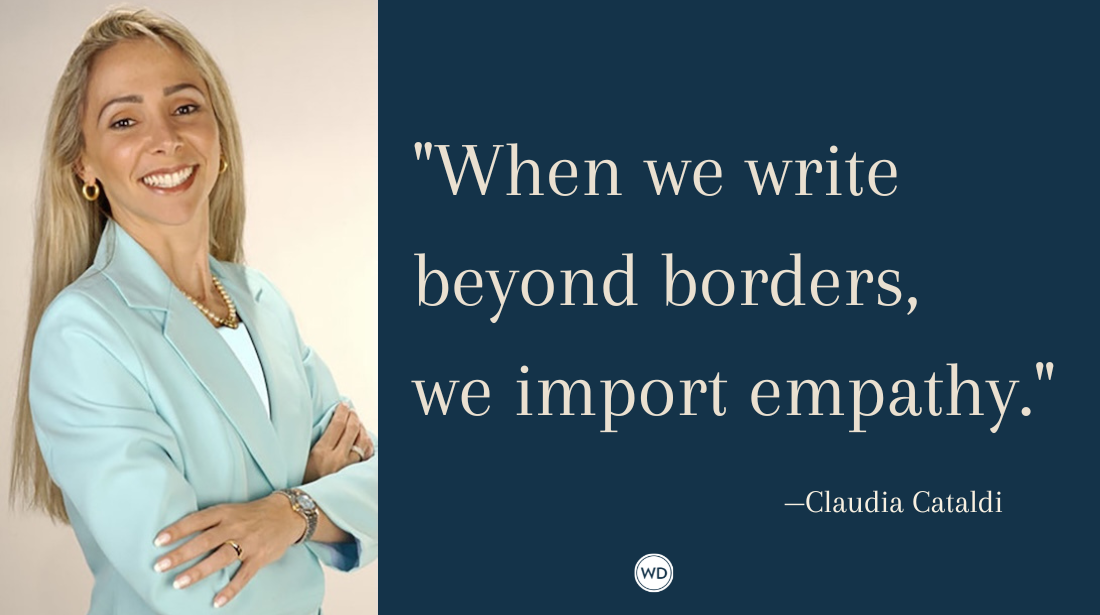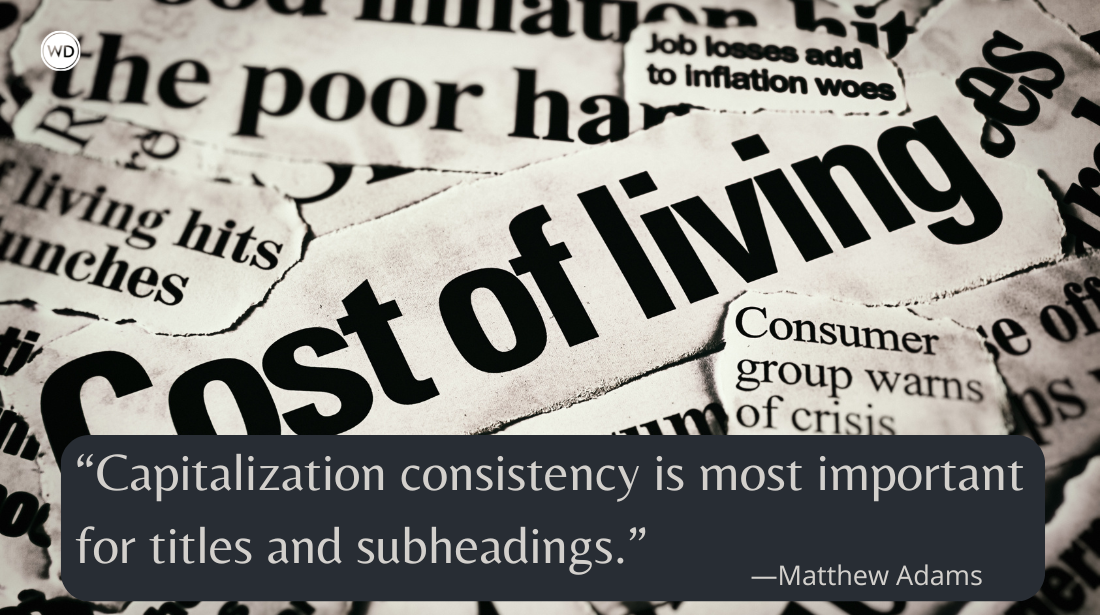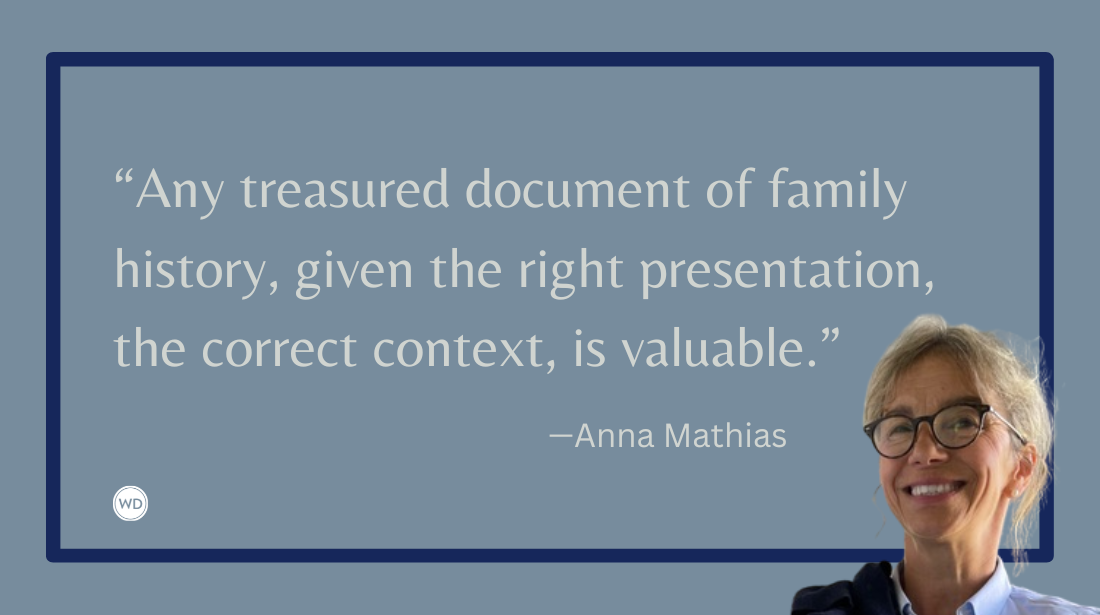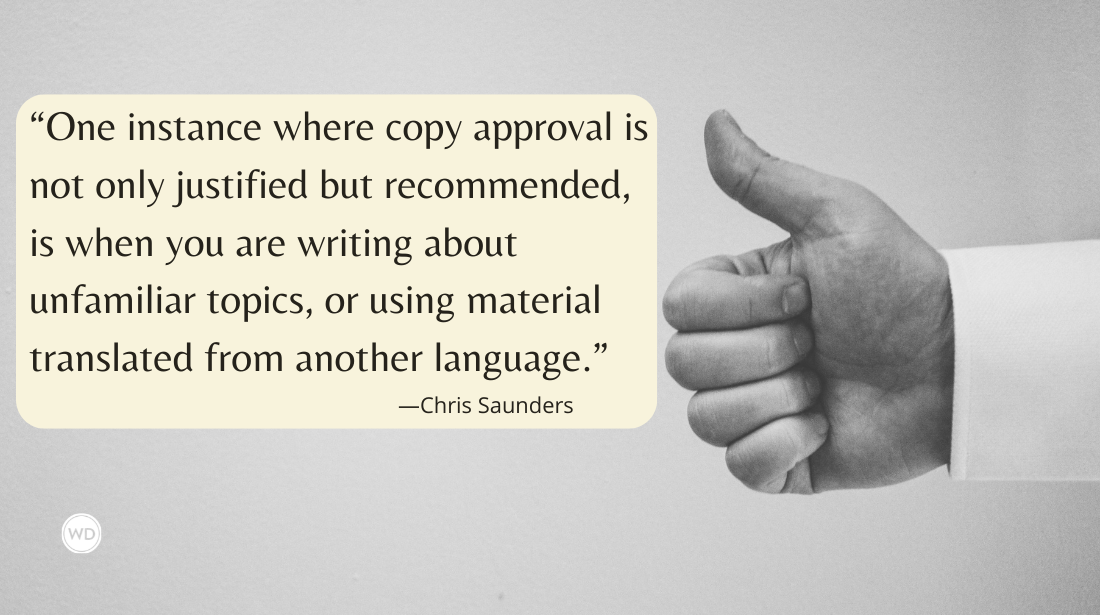My First Editor Was My Father: Writing a Memoir With Spatial Dyslexia
Author Amber M. Brookman shares having a journalist for a father and eventually writing a memoir with spatial dyslexia.
The soundtrack of my childhood was the rapid clackety clack of a newsroom keyboard. My father, Bill Crago, was a newsman’s newsman. A microphone in front of his face, and the Associated Press and United Press news feeds were close at hand for instant, newsworthy information. He lived for and loved factual news. As an award-winning journalist, he looked down on the “if-it-bleeds-it-leads" journalists. He would often say integrity is the cornerstone of credible journalism, sliding a marked-up page back to me. And “keep your facts straight, they matter.”
I did not grow up believing I would write a book. I grew up with spatial dyslexia, which meant lines could tilt off the page, paragraphs blurred into brick walls, and sequences—left to right, up to down—refused to behave. But I also grew up with a father who believed the point of writing wasn’t to look smart; it was to be understood. When I finally sat down to write my memoir, Nobody’s Girl: Mother, Model, CEO On My Own Terms, I leaned hard on his newsroom rules and found my way through the maze—one clean, true sentence at a time.
Phrases and ideas fly in and out of my head on an ongoing basis, and the trick is to make note of them when it happens. Ultimately, I had an editorial village, too, but gathering your thoughts and crafting cohesive communication is quite a solitary process.
The lead is a lifeline
Writers talk about “finding the heartbeat” of a book. My dad called it the lead. “If you can’t tell me the story in one sentence,” Bill would say, “you don’t know it yet.” Because spatial dyslexia makes large outlines feel like quicksand, I wrote a one-sentence lead for every chapter before I wrote the chapter, starting with: WHO, WHAT, WHERE, WHY, WHEN.
Those five words were my compass. When a paragraph wandered, I held it against the lead. If it didn’t serve the sentence, it didn’t survive. That discipline kept me from drowning in backstory and helped me write with the forward momentum a memoir needs.
Writing out loud
Spatial difficulties make tracking lines of text exhausting, so I drafted much of the book by speaking. I recorded scenes. Later, I transcribed the audio and edited on the page. That two-step process gave me three gifts:
- Voice. When you speak your story, you hear your rhythms, your humor, your silences. The page sounds more like you.
- Honesty. It’s harder to posture out loud. Whispered details found their way into the manuscript because I heard myself reach for them.
- Stamina. Talking let me cover emotional ground without simultaneously fighting the mechanics of reading.
For revision, I flipped the process and used text-to-speech to listen back. Hearing each line read aloud made clunky phrasing obvious and highlighted where I’d lost the thread of a scene.
Short lines, strong verbs
The newsroom taught me to trust short sentences. Spatial dyslexia reinforced it. I pared paragraphs to their bones, then added only what clarified or revealed. Strong verbs did the heavy lifting—"confessed" instead of "said sheepishly," "bolted" instead of "ran quickly." I broke long blocks with subheads and white space, both to help me track ideas and to welcome readers who read the way I do: in focused bursts, with frequent breathers.
Fact-check the feelings
Memoir isn’t journalism, but journalistic values serve it well. My father’s second-favorite question (after “What’s the lead?”) was “Who says?”
When I wrote about a pivotal conversation from years ago, I felt in my gut it was the truth, which doesn't necessarily have corresponding documentation. If two memories conflicted, I wrote that conflict into the scene. Paradox belongs in memoir. Confirmation through intuition gave me the courage to tell how it felt without hedging.
Build a reporter’s kit for your life
Reporters carry notebooks or index cards. Each card can hold a scene: where it took place, who was present, and the sensory specifics that tether memory to the body. In my case, this "reporter's kit" was so burned in my memory and my upbringing I had no need to keep a physical card. I’ve lived my life with the phrases as a steady and repetitive understanding of how to approach many situations: Who? What? Where? Why? When?
When my brain was tired, I could still sort notes into a timeline. Moving the story physically helped me see the arc when the screen would not. That was another of Bill’s lessons: If the copy won’t behave, change the format, not the truth.
What my book set out to prove
We are more than our test results or advanced degrees, and we have many untapped resources within us. In addition to my innate problem-solving skills, I was blessed with a sharp tenacity and bundles of energy. I also had a profound instinctive awareness that I didn’t fit any traditional mold, either in academia or jobs, and had to amass the skills to be my own woman. Penning my memoir took an extraordinary effort. My mission of helping others do great things with their lives against sometimes seemingly insurmountable odds kept me going page to page.
Find editors who see you
In a newsroom, copy doesn’t go to print without an editor. Neither did my chapters. Because spatial dyslexia makes it easy to miss a missing word—I “see” what I meant, not what’s there—I recruited a small, steady crew for structure, continuity, a bit of cheerleading, and the ultimate finish.
In truth, I wrote a book about potential and belonging—to my own voice, to the people who held me accountable, and to a lineage of journalists who believe the truth can stand up to questions. Bill Crago didn’t make me a writer; he made me a reporter of my own life. The lead of Nobody’s Girl is simple: I learned to stop letting the shape of my brain be an apology and started letting it be a method.
If you are rigorous with facts and generous with feelings, others will feel your experiences. Hopefully, they will be inspired to live life on their own terms.
Check out Amber M. Brookman's Nobody's Girl here:
(WD uses affiliate links)


